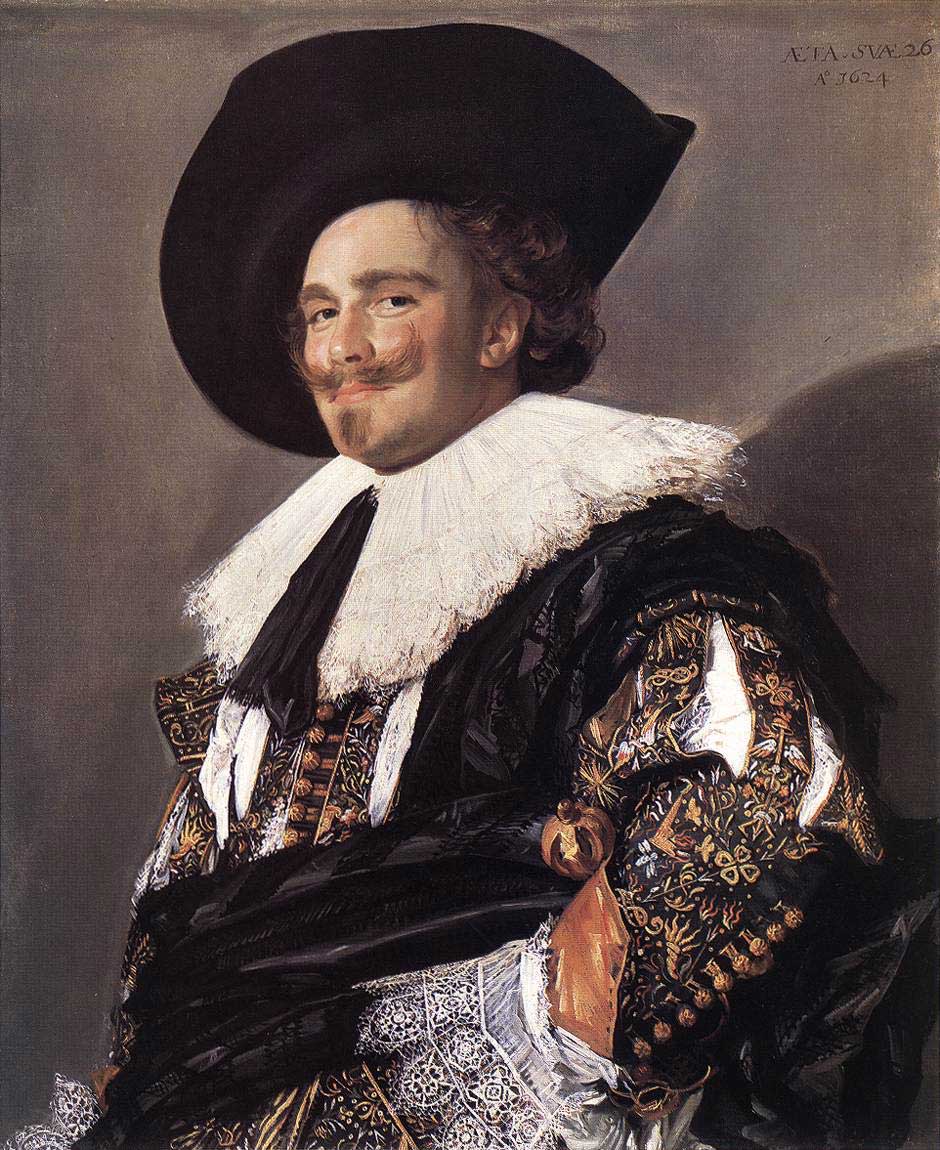The Wallace Collection is an art museum housed inside a townhouse in Marylebone that dates from 1776.
The bulk of what is on display comes from the private collection amassed by Richard Seymour-Conway, 4th Marquess of Hertford and left to his illegitimate son Sir Richard Wallace. In 1897 Sir Richard’s widow, Lady Wallace, bequeathed the house and the collection to the nation on the condition that no object should ever leave the collection, even on temporary loan.
There are over 5000 pieces in the collection, which is comprised of decorative and fine arts from the 15th to the 19th century. It is noted for its Sevres porcelain, its 18th-century French paintings as well as its displays of medieval armour and weapons.
What to see at The Wallace Collection
The museum is housed inside Hertford House, a townhouse built in 1776 for Richard Seymour-Conway, 4th Marquess of Hertford who left it (and his extensive art collection) to his son Sir Richard Wallace. The house was the home of Sir Richard and Lady Wallace and it has also served as London’s French and Spanish embassies. Although it is not set up to show how the Wallaces lived, it gives you a good idea of the type of opulent townhouse that the wealthy lived in during the 18th century.
![The Great Gallery inside The Wallace Collection in London. The Great Gallery includes paintings by Rembrandt and Frans Hals (Photo: Nathan Hughes Hamilton [CC BY-SA 2.0])](https://englandrover.com/wp-content/uploads/2018/12/wallace-collection-flickr.jpg)

Temporary exhibitions
In addition to its permanent collection, the Wallace Collection also has a programme of temporary exhibitions. Current and planned exhibitions include:
Swords of Lucknow
Swords of Lucknow (until 22 March 2026) presents five richly decorated swords from 18th- and 19th-century Lucknow. Crafted with enamel and gold, they reflect the artistry and ceremony of the Nawabs of Awadh. The display also considers how such objects entered European collections, exploring their cultural significance as both weapons and symbols of status, diplomacy and identity. Free.
Caravaggio’s Cupid
Caravaggio’s Cupid (until 12 April 2026) centres on Victorious Cupid, on loan from Berlin’s Gemäldegalerie and shown publicly in the UK for the first time. Displayed with two ancient Roman sculptures once owned by Marchese Vincenzo Giustiniani, the exhibition reflects how art and antiquity were presented in 17th-century Rome, exploring the relationship between painting, sculpture and collecting in Giustiniani’s celebrated palace. Free.
Visiting The Wallace Collection
The Wallace Collection is located on Manchester Square in Marylebone not far from Selfridges and Bond Street. Other nearby attractions include Handel Hendrix House, Madame Tussauds and the Sherlock Holmes Museum. Bond Street is the closest tube station and Marble Arch and Baker Street aren’t much farther.
Admission is free of charge although there is an admission charge for temporary exhibitions.
The museum operates a daily highlights tour that shows visitors highlights of the collection. One-hour tours run daily at 2.30pm (on Fridays, Saturdays and Sundays there is an additional tour at 11.30am). The tours are free but are limited to only 25 people per tour. To secure a spot on a tour you will need to collect a badge from the information desk near the museum entrance (badges are available from 10am on the day of the tour).
There is also a regular programme of lunchtime talks that focus on a specific theme. These talks are also limited to 25 people and can be booked at the information desk.
All areas of The Wallace Collection are wheelchair accessible. There is also a programme of guided tours in British Sign Language and audio guides and multi-sensory events created for visitors who are blind or partially sighted.
Although its central location ensures that there are plenty of places to eat and drink nearby, the Wallace Restaurant is a lovely space for a meal. The restaurant is open for breakfast, lunch and afternoon tea and its à la carte menu has a distinctly French influence.
There is quite a lot to see here and you could easily spend two hours or more exploring the galleries.


There are no comments yet.